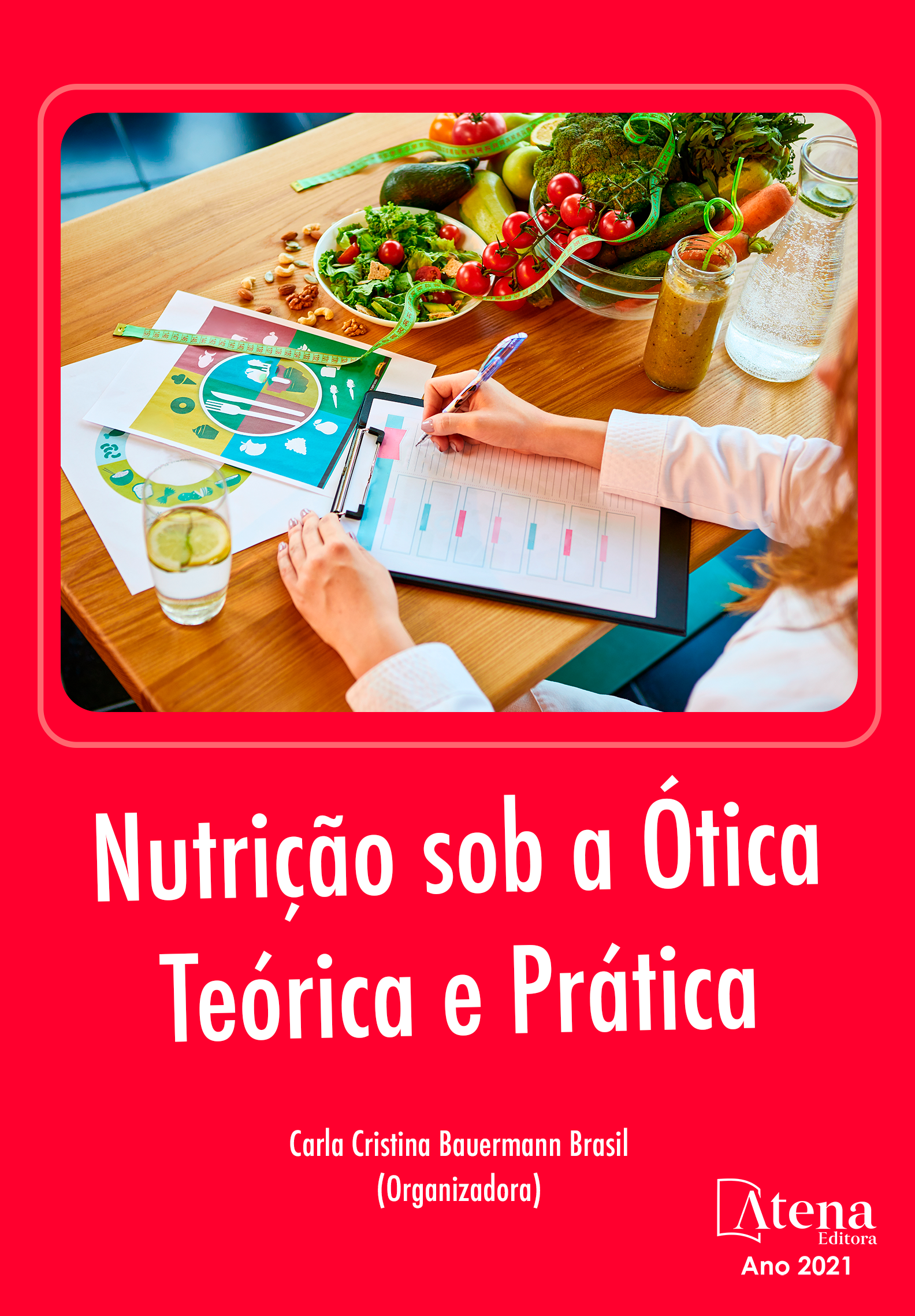
PERFIL NUTRICIONAL DE PORTADORES DE DOR CRÔNICA ATENDIDOS NO AMBULATÓRIO DE DOR DE UMA UNIVERSIDADE PÚBLICA DE SALVADOR
O objetivo deste artigo foi analisar o estado nutricional e padrão de consumo alimentar de pacientes com dor crônica e correlacionar com o nível dor. Pesquisa quantitativa, transversal e de caráter retrospectivo, com pacientes atendidos em um ambulatório de dor de uma universidade pública de Salvador-BA, no período de janeiro de 2017 a junho de 2018. A avaliação da composição corporal foi realizada através do exame de bioimpedância, a intensidade da dor crônica mensurada através de escala visual analógica numérica (0 - 10), e o consumo alimentar calculado através de recordatório alimentar de 24 horas. Para análise estatística utilizou-se o percentual, a média, o intervalo interquartílico e o Coeficiente de Correlação de Spearman (rho), com significância de 5%. A dor crônica foi prevalente em mulheres (96,4%) e a idade média foi 47 anos. O IMC apontou sobrepeso (29 Kg/m²), a reserva muscular estava adequada (24,5 Kg) e o percentual de gordura médio (38%) indicou risco de doenças associadas à obesidade. Houve prevalência de sobrepeso e obesidade (64%) e nível de dor intenso pela EVA (43%). Identificou-se elevado consumo de gorduras saturadas e carboidratos. Apesar da tendência a aumento de dor quanto maiores os níveis de IMC e percentual de gordura corporal, esses não estiveram significativamente correlacionados a maior expressão de dor. Salienta-se que o tamanho amostral foi fator limitante para este estudo.
PERFIL NUTRICIONAL DE PORTADORES DE DOR CRÔNICA ATENDIDOS NO AMBULATÓRIO DE DOR DE UMA UNIVERSIDADE PÚBLICA DE SALVADOR
-
DOI: 10.22533/at.ed.92521120219
-
Palavras-chave: Estado nutricional; Dor crônica; Padrão alimentar; Obesidade
-
Keywords: Nutrition status; Chronic pain; Dietary pattern; Obesity
-
Abstract:
The aim of this article was to analyze the nutritional status and food consumption pattern of patients with chronic pain and to correlate it with the pain level. Quantitative, cross-sectional and retrospective research, made throughout the observation of patients suffering with pain at an ambulatory of a public university in Salvador, Bahia from January 2017 to June 2018. The body composition assessment was performed through the bioimpedance exam, the intensity of chronic pain measured using the visual analog scale (0 - 10), and historical food consumption through the 24-hour food reminder. For the statistical analysis, the percentage, the mean, the interquartile range and the Spearman Correlation Coefficient (rho) were used, with a significance of 5%. Chronic pain was prevalent in women (96.4%) and the average age was 47 years. The BMI showed overweight (29 kg / m²), the muscle reserve was adequate (24.5 kg) and the average fat percentage (38%) indicated risk of diseases associated with obesity. There is an overweight and obesity prevalence (64%) and severe pain level due to VAS (43%). High consumption of saturated fats and carbohydrates was identified. Despite the tendency to increase pain the higher the levels of BMI and body fat percentage, these were not correlated with greater expression of pain. It should be noted that the sample size was a limiting factor for this study.
-
Número de páginas: 15
- Ludmila Madalena de Jesus Silva
- Joselita Moura Sacramento
- Renata Lima Nascimento
- Érica Santos da Silva
- Vera Ferreira Andrade de Almeida
- Túlio César Azevedo Alves
- Márcia Cristina Almeida Magalhães Oliveira


